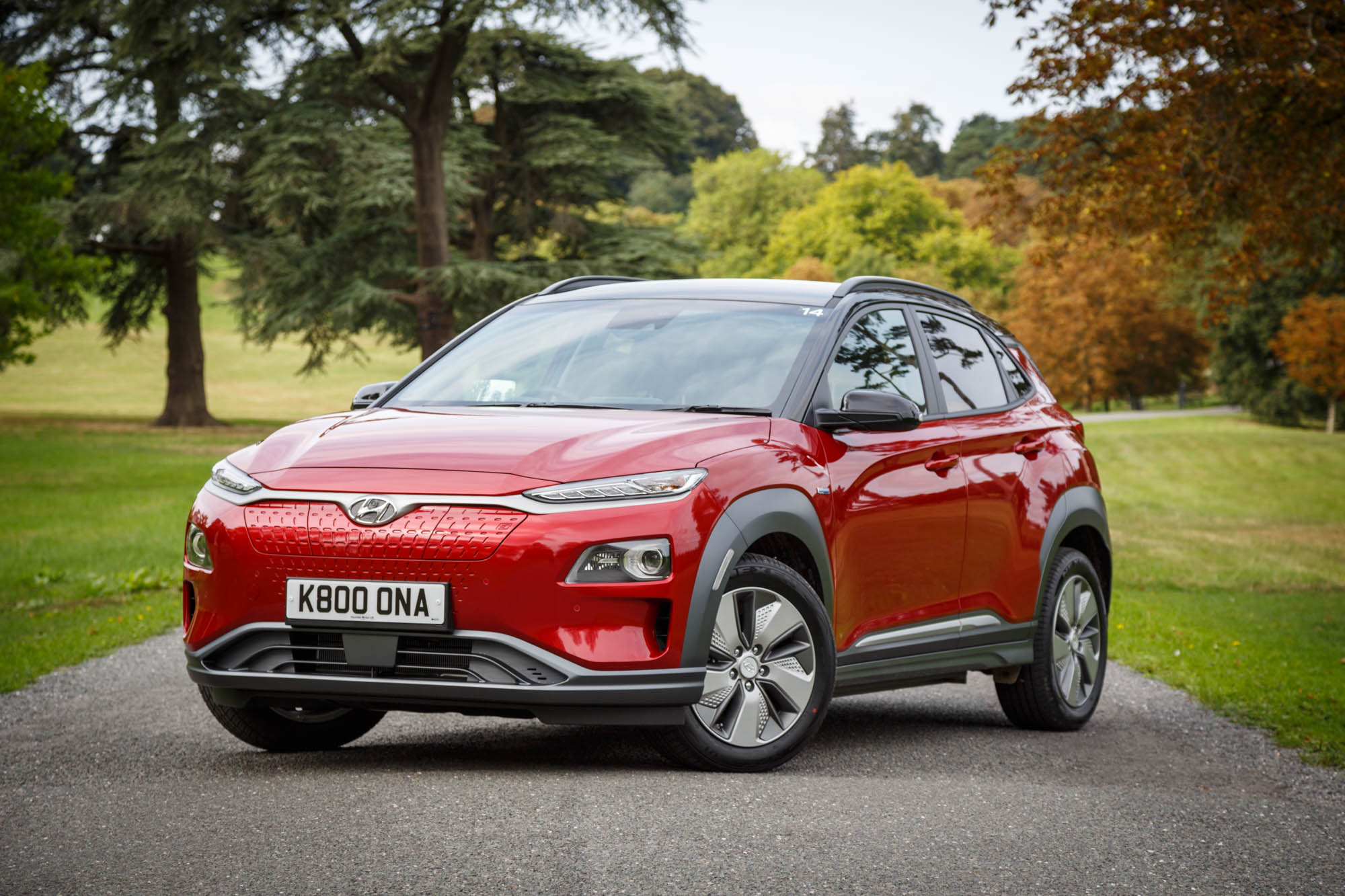Diminishing resources mean that one day soon (probably sooner than we’d hope) the fuel supply will simply run out. Whilst we might once have assumed this would send the world spiralling into a Mad Max style dystopia, a far more appealing option has revealed itself in recent years (though part of us might secretly yearn for the steampunk glamour of the “Thunderdome!”).
Electric cars are being heralded as the saviours of the automotive industry and with good reason. With fuel prices across the world more volatile than ever before and electric vehicles gaining momentum by the month as efficiency and designs improve, even devoted petrol heads are starting to come around the idea that going electric might not be a Judas move.
Going Electric in the USA
When it comes to petrol, America is still rather old-fashioned, with many motorists holding dear to their gas-guzzling pickup trucks and station wagons. It also doesn’t help that fuel prices are particularly low in the States, at least when compared to Europe. This could go some way towards explaining why, even though it’s a smaller market, there were more electric cars sold in Europe in 2017 than in the US (around 500,000 more).

Well-intentioned manufacturers such as Tesla and Toyota have made great inroads by legitimising the role of electric cars on US roads, but whilst the Toyota Prius has sold well (due to some shrewd marketing and continual pop culture exposure), it’s not a fully electric car. Tesla, meanwhile, is seen very much as a luxury brand that is beyond the grasp of most “ordinary hard-working Americans.” One anomaly is the state of California, where greater wealth and more liberal attitudes have resulted in hybrid and electric cars on the roads.
Going Electric 2: European Boogaloo
The reception afforded electric cars in Europe has been a lot more forgiving, with liberal attitudes and lifestyles in the continent no doubt having a major impact. Even in our very own comparatively right-wing United Kingdom, electric adoption has soared in recent years, with many service stations and shopping malls across the country supplying charging points to lay the infrastructure for the electric uprising.
In terms of the number of light-duty plug-in electric vehicles sold in 2017 by region, Europe came in second-place only to China, where electric adoption has been famously healthy. In August 2018, electric car sales exceeded 1 million; an increase in 40%. Norway is leading the way in pure electric adoption, but in the UK, there are more hybrids on the road than in any other European country. Bonus points for jolly old Blighty!
What Does it all Mean?
The best way to get more electric cars on American roads is to do so at the mid-luxury level: Go after the BMW and Mercedes drivers. The next generation Hyundai Santa Fe and Kona hybrid and electric cars offer an example of high-quality, mid-range electric vehicles that could help change the conversation when they launch in 2019. Not only do these models offer a lower price point, but a Hyundai Warranty plan is also going to be a lot more affordable and lenient than a Tesla Warranty plan, as higher value cars are often difficult to repair and will require an increased warranty.
With annual global market share passing 1% for the first time in December 2017, the rise of the electric car has only just begun! In order for the US to follow the lead set by Europe and China, however; a few simple things still need to be addressed:-
- The right infrastructure needs to be sorted out (because the USA is such a vast country with so many long and winding roads, after all).
- American drivers need to be properly educated regarding just how far the technology has come.
- Government policies need to be put in place that promotes the use of electric cars (not likely in Trumps America, but still not beyond the realms of possibility).
Admittedly, these are tall orders, but it’s not an insurmountable task and as global trendsetters, if the US fully embraces the electric storm, we could be looking at nothing short of a full-blown global revolution!

